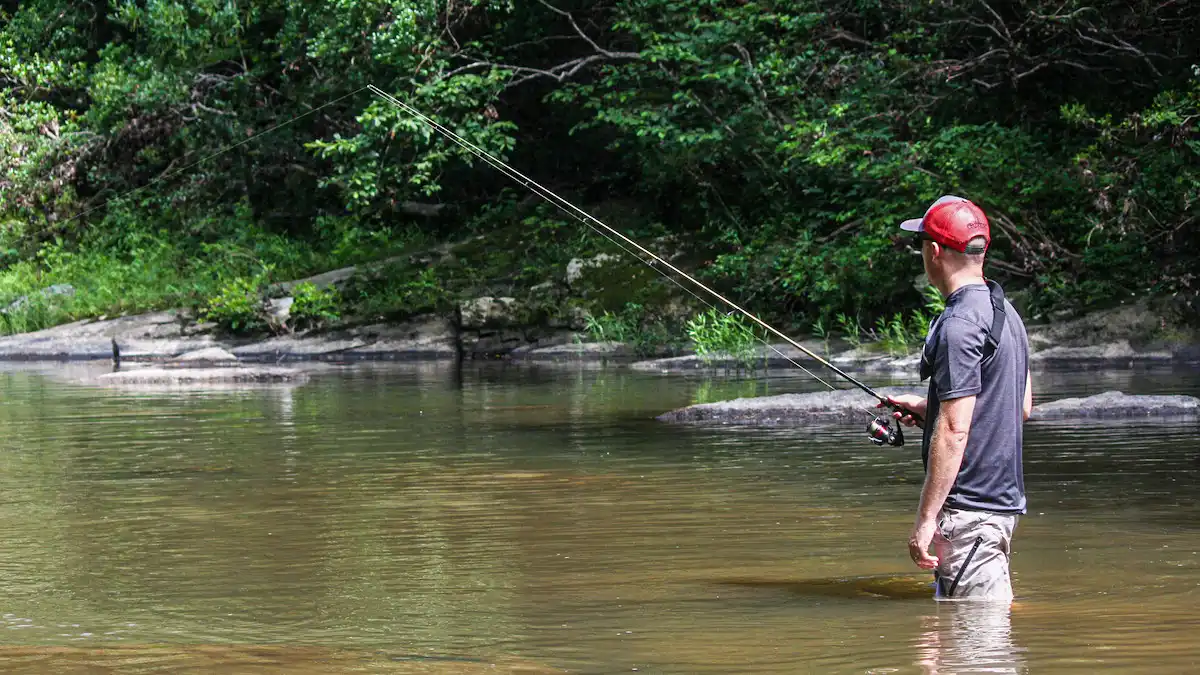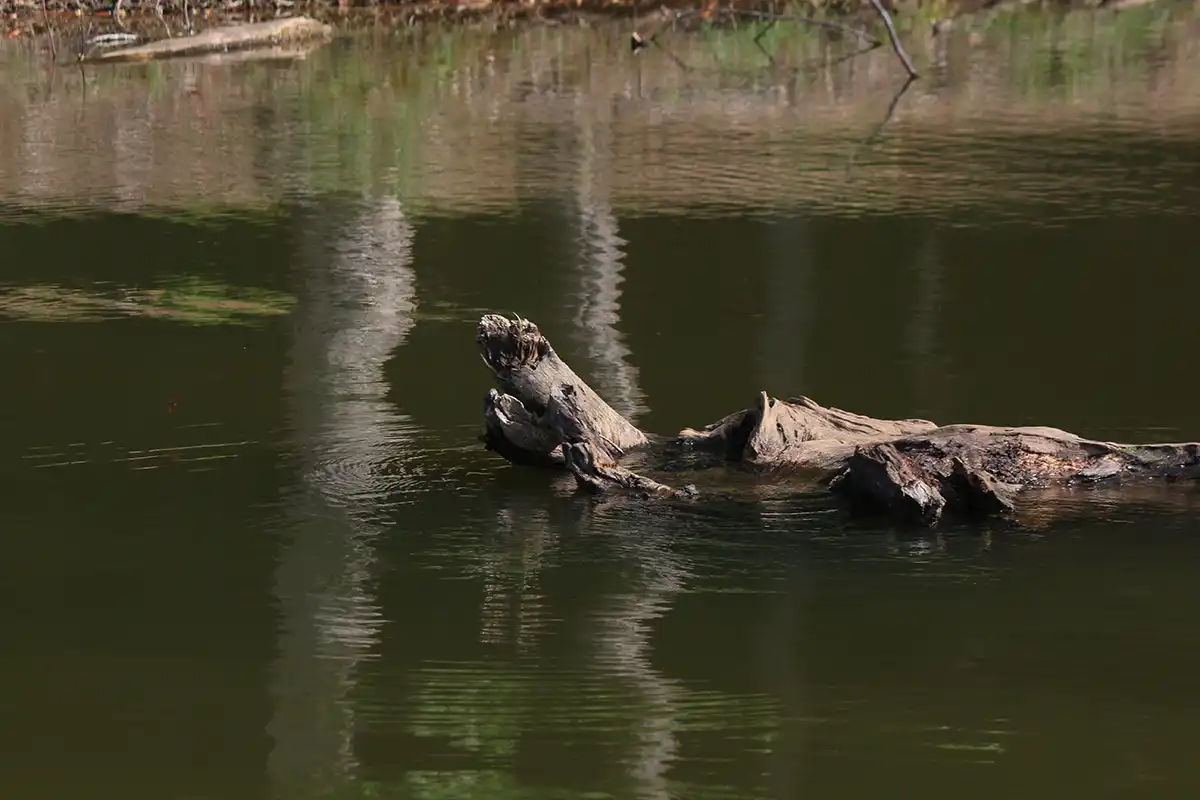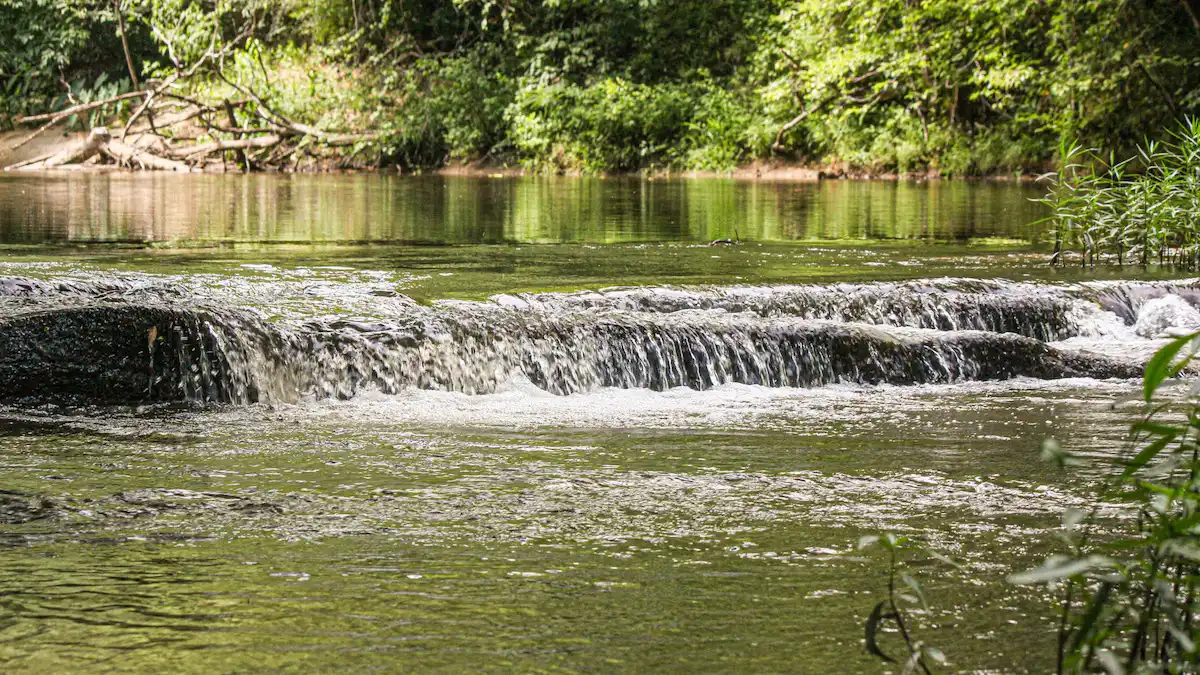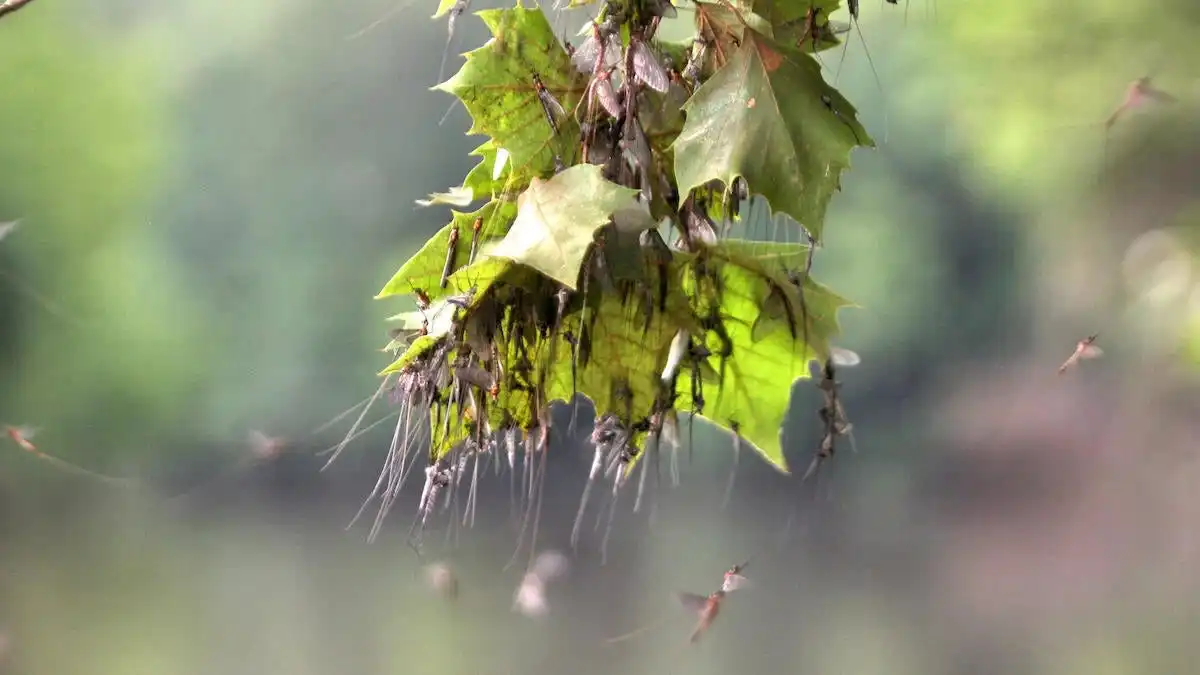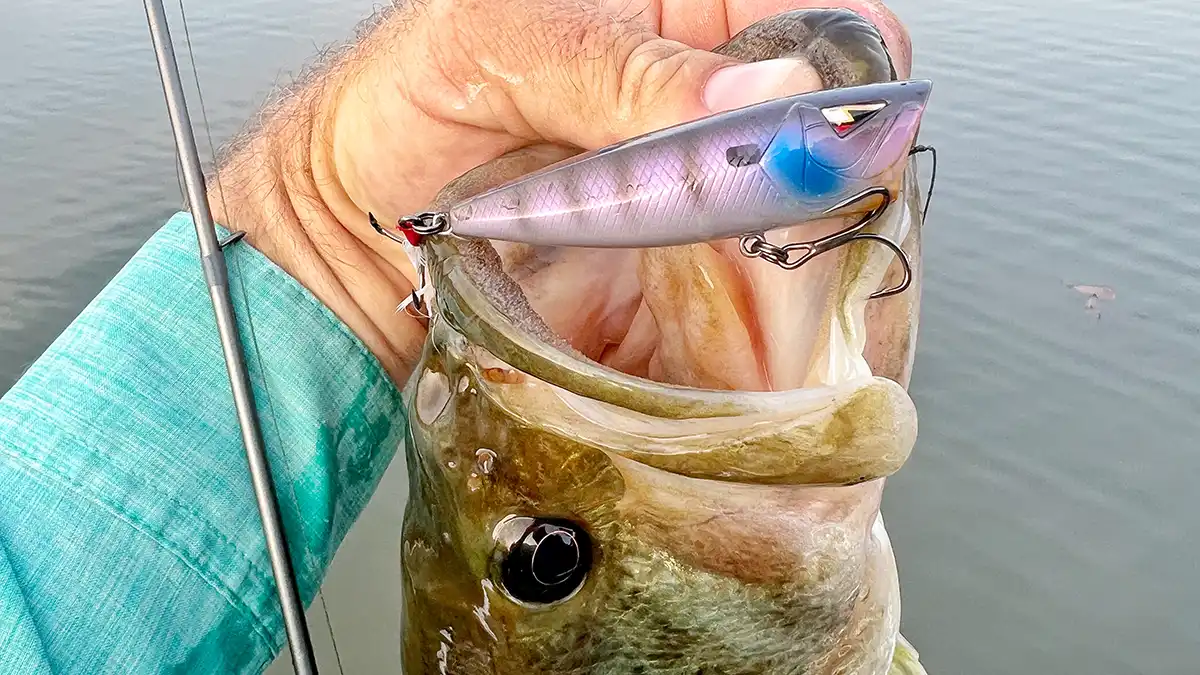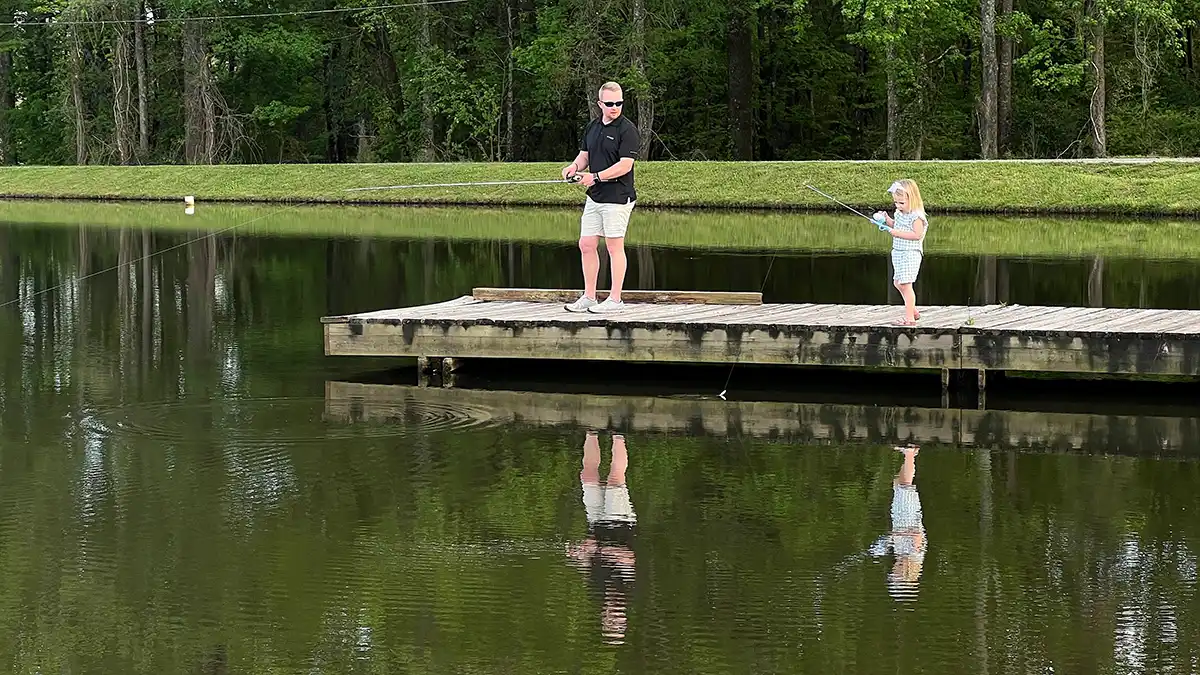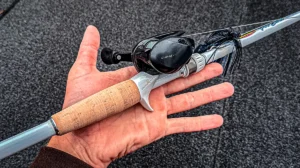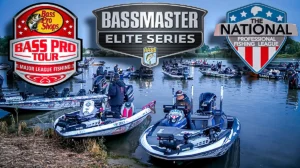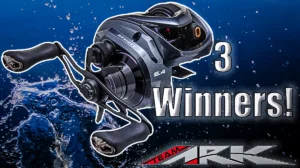Love it or hate it, forward facing sonar has clogged up the airways the last couple of years. I’m not here to debate ethics or talk about the pros and cons of it. I just know a lot of people are sick and tired of hearing about it. I figured it might be of interest to you to throw out some suggestions on how to do a little “old school” fishing this summer without FFS.
I ran a poll on Instagram (@shayebaker) in which I asked anglers what they would like to see more content on. The resounding answer was: ways to catch them without forward facing sonar. This article will cover several tips.
WADE CREEKS AND FISH PONDS
If you don’t have a boat, or you do and just want to get back to a simpler way of fishing to have fun, wading creeks are a great choice. You can also fish ponds, either from shore or by way of a little Jon boat. Kayaks are great for fun-fishing these locations as well. Forward facing sonar (FFS) isn’t necessary to catch fish in any of these situations.
I put together a pretty extensive guide a few years ago (linked below) with several tips for wading creeks. I had a lot of fun working on that one. You can catch a good many fish wading a creek in the summer. The added benefit of walking through the cool water makes this style of fishing that much more appealing to the angler looking for something to do in the summer. If you have a big boat and are overstimulated from all the noise that surrounds that kind of fishing, ponds are a great choice if you have access to one. I get that way sometimes myself. I find hopping off to fish in a creek or on a bank somewhere really helps.
FISH VISIBLE COVER
Lots of bass migrate offshore in the summer to escape the oppressive heat of rising water temps. However, there are some areas close to shore where the water temperatures aren’t as brutal. Vegetation is a great example. Overhead mats create shade where bass like to get under them in the summer to cool off and get the sun out of their eyes for a while. Stalky vegetation like reeds and water willow create a lot of shade as well. If you look for this type of cover and then fish it with swim jigs, frogs and flipping baits, you’ll have no problems getting bites from a boat this summer—no electronics needed.
Vertical cover like bluffs, bridge pilings and dam walls also offer visual indicators of where bass like to hang in the summer. The fish will either use this cover for shade, or sink down to the deeper water below while still relating to the vertical cover. Drop shots, jigging spoons and small jighead swimbaits work well here. A laydown is also a great piece of visual cover to fish in the summer. You can often see the base of the tree near the shore, while the end of it could easily be in 20 feet of water. Two great ways to get a bite are to pitch a dropshot into the end of a laydown or fish a topwater over one.
LOOK FOR CURRENT
One of the biggest keys to finding bass in the summer is finding cooler water. Moving water is typically cooler than stagnant water, since the warmer water along the surface is constantly mixing with the cooler water beneath. If you have a boat, run to the backs of creeks and the upper reaches of rivers and you’ll often find a set of shoals where the current is stronger and the waters are mixing. The water often has much better oxygen levels in places like this as well, since the bubbling of the water running over the rocks aerates it.
River systems with dams have a lot of current flowing through them as well at times. You can fish many of these from designated areas of shoreline beneath the dams. Or you can venture into these areas with a boat, though you should definitely proceed with caution and make sure you obey all laws and regulations. While FFS can help you catch fish in a situation like this, it isn’t necessary by any means. You’ll be able to visually locate current seams or rocks and other obstructions. Try casting a spinnerbait, swimbait or Rooster Tail to one of these areas and you’ll likely get bit. For more on fishing current: Learn the 3 Level Rule of Fishing Current.
INSECT AND BAIT HATCHES
You can also find insect and bait hatches in the summer and really load the boat. Mayflies and other bugs hatch out near the shoreline by the thousands, drawing bluegill, crappie, catfish and small bass to the surface to feed on them. Bigger bass and other predators often enter the fray to eat the smaller fish that are gorging on the insects. You’ll have to find them with the naked eye by running around and looking for them, so FFS is of no use during this part of the process. Topwater frogs and poppers are great baits in these situations. For more on fishing a mayfly hatch: How to Catch Bass on Summer Mayfly Hatches
Shad and other baitfish spawns are also great ways to catch bass without the use of sonar. Sonar can help here for sure but if you keep your eyes peeled throughout the summer, you’ll be able to see visual indicators like bait flicking on the surface, bass busting on the bait or birds entering the equation to feed on the bait as well. Watching for a concentration of birds in particular is probably the best way to clue yourself in on these bait spawns without the use of sonar. Once you find fish feeding on bait, use something that matches the hatch like a small swimbait or topwater to catch the bass.
TOPWATERS SHALLOW
One of my favorite things to do in the summer is tie on a topwater and just go down the bank. Bass will bite a topwater early and late no matter what in the summertime. Even up in the heat of the day, you can find a shallow topwater bite if you know what to look for. One clear indicator is shade. Look for overhanging bushes, docks or vegetation like we talked about early. Take one of these 5 topwater options and throw it in whatever shady spot you can find.
Bream beds are another big reason topwaters work shallow so well in the summer. Bluegill, red ear and other bream spawn in the shallows this time of year and these bream beds draw big bass to them like magnets. Topwaters fished overhead appear to be struggling baitfish to the bass, this is exactly what the lurking lunkers have been waiting for. Whopper Ploppers and buzzbaits are great lures for covering water between bream beds. Poppers and popping frogs work best when you find a bed and want to slow down and fish it thoroughly.
IN CONCLUSION
Regardless of the way things seem, you don’t have to have forward facing sonar to catch fish these days. It’s undeniable that this technology has moved us lightyears ahead in terms of our effectiveness at catching bass as a whole. However, bass still bite baits when we fish them the same old ways we’ve been fishing them for decades. My advice: if you’re burnt out on all the noise, just leave the graphs off and go fish for fun for a little while. Hopefully the above tips will help you put bass in the boat if you decide to do so.



